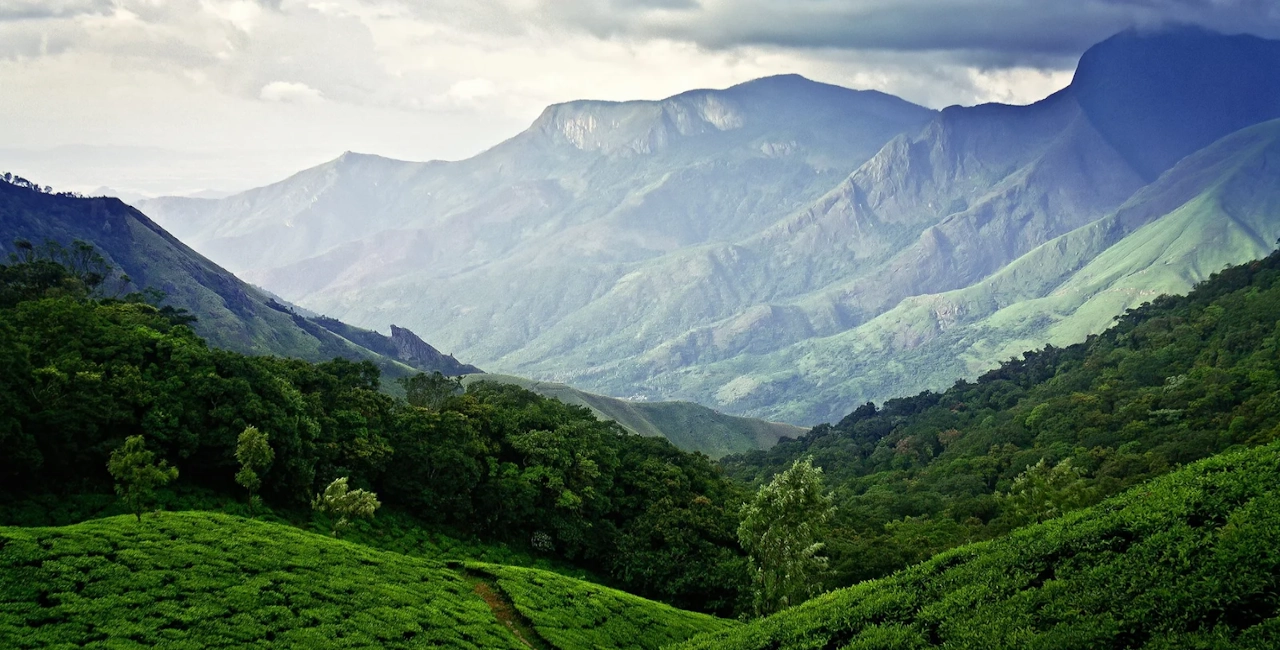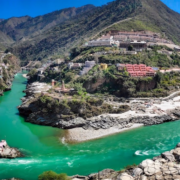
Joshimath: A Sacred Gateway in the Himalayas
Joshimath, nestled in the Chamoli district of Uttarakhand, holds immense significance, both spiritually and geographically. Located at an altitude of 6,150 feet, Joshimath is more than just a town—it’s a spiritual haven, a trekker’s delight, and a crucial gateway to many Himalayan expeditions. Known as Jyotirmath in ancient times, Joshimath is a revered seat of learning and pilgrimage. The town’s heritage, beauty, and cultural significance make it a unique destination in India.
Historical and Spiritual Significance
Joshimath is deeply rooted in spiritual traditions. The town is one of the four cardinal mathas (monasteries) established by Adi Shankaracharya, an 8th-century philosopher and theologian who played a significant role in the revival of Hinduism. The matha in Joshimath, known as Jyotir Math, represents the northern part of India, while the other three are located in different directions: Puri in the east, Sringeri in the south, and Dwarka in the west.
The Jyotir Math in Joshimath is dedicated to the teachings of the Atharva Veda, and pilgrims visit the site to seek spiritual wisdom and partake in the rituals performed here. The town’s religious ambiance is heightened by the presence of the Narsingh Temple, an ancient temple dedicated to the fourth avatar of Lord Vishnu. This temple is unique because it is believed that when the statue of Narsingh shrinks entirely, the path to Badrinath will be permanently closed, a legend that adds to the town’s spiritual aura.
Gateway to Sacred Sites
Joshimath is an essential stopover for pilgrims heading to Badrinath, one of the holiest temples in Hinduism and part of the Char Dham Yatra. Badrinath is located about 45 kilometers from Joshimath, and the town serves as an important resting place for pilgrims before they embark on their journey through the steep and winding mountain roads.
Additionally, Joshimath is a starting point for visiting the sacred Valley of Flowers and Hemkund Sahib, a revered Sikh shrine. The Valley of Flowers, a UNESCO World Heritage Site, is known for its alpine meadows brimming with diverse flora, while Hemkund Sahib, located at an altitude of 15,200 feet, attracts Sikh pilgrims from around the world.
Adventure and Trekking Hub
Beyond its religious significance, Joshimath is also an adventurer’s paradise. The town is a base for several trekking routes, including the famed Kuari Pass Trek. This trek offers a magnificent view of the Himalayan peaks like Nanda Devi, Trishul, and Dronagiri, making it popular among trekkers seeking both challenge and beauty. The climb to Auli, a nearby hill station renowned for its ski resorts, starts from Joshimath. In winter, Auli transforms into a snow-covered wonderland, drawing skiing enthusiasts from around the globe.
The town is also a starting point for expeditions to the Nanda Devi National Park, another UNESCO World Heritage Site. The park is home to the majestic Nanda Devi Peak, India’s second-highest mountain, and is rich in biodiversity, offering a sanctuary for endangered species like the snow leopard and Himalayan musk deer.
Ecological Concerns and Environmental Impact
While Joshimath holds immense cultural and adventure value, it faces environmental challenges. The town is situated in an area prone to landslides and seismic activity, which raises concerns about its future sustainability. The rapid development of infrastructure, especially for tourism, has also strained the region’s natural resources.
In recent years, the town has seen growing concern over subsidence—gradual sinking of the land. Joshimath has witnessed cracks in buildings, roads, and other structures, primarily due to geological factors, unplanned construction, and a burgeoning population. Experts and environmentalists have been urging a more sustainable approach to development, to preserve the natural beauty and prevent further ecological degradation.
Cultural Heritage
Joshimath is a melting pot of the Garhwali culture, with its festivals, local cuisine, and traditions adding to the town’s charm. The people of Joshimath, mostly from the Garhwal region, celebrate local festivals like Harela and Ghee Sankranti with great enthusiasm. Visitors can also savor the traditional dishes of Uttarakhand, such as Dubuk, Bhatt ki Churkani, and Singori, which are rich in flavor and rooted in the region’s agricultural practices.
The town’s vibrant markets offer a variety of local handicrafts, including woolen garments, shawls, and handmade jewelry, which reflect the skills and artistry of the local people. The region’s crafts, music, and folklore have been passed down through generations, contributing to Joshimath’s rich cultural tapestry.
Conclusion
Joshimath is a town where spirituality, adventure, and natural beauty converge. Whether you are a pilgrim seeking divine blessings, a trekker chasing panoramic views of the Himalayas, or a traveler curious about the rich cultural heritage of Uttarakhand, Joshimath has something to offer. However, the town’s future depends on finding a balance between development and preserving its fragile environment, ensuring that its spiritual, cultural, and ecological legacy endures for generations to come.
Recent Posts
Exploring Pangot: A Tranquil Bird Watcher’s Paradise in Uttarakhand
Devprayag: The Sacred Confluence of Rivers and Cultures
Rudraprayag: A Confluence of Spirituality and Natural Beauty
All Categories

Thailand




